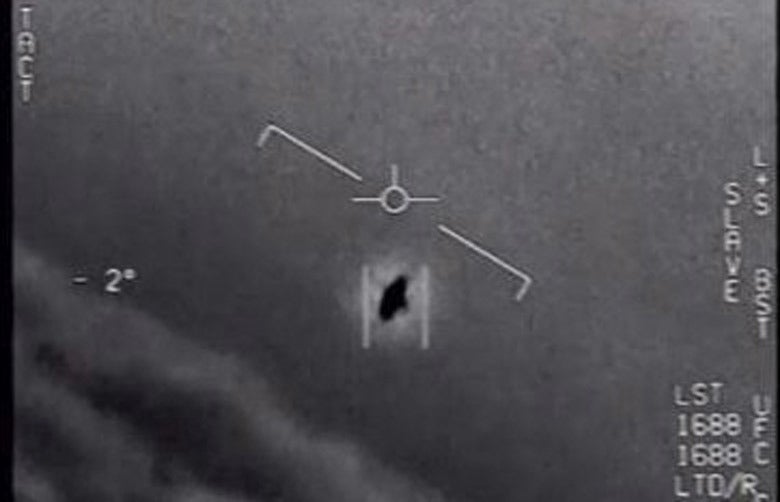Congress sounds really concerned about unidentified aerial phenomenon
Many UFO sightings remain 'nonattributed' to human technology, according to a Senate report.

Over the past few years, Congress has slowly admitted that it is just as confused as the rest of us about the numerous unidentified aerial phenomenon (UAP) incidents reported by reliable US military and government personnel. In 2021, for example, Congress charged the Department of Defense (DoD) with establishing a replacement for the short-lived Unidentified Aerial Phenomenon Task Force after releasing a largely inconclusive preliminary assessment of 144 documented UAPs. We haven’t heard much about it since then, and neither has Congress, apparently. What’s more, it just made it very clear that it thinks we aren’t moving fast enough to address the issue.
Deep within an addendum to the Intelligence Authorization Act for Fiscal Year 2023 elected officials expressed their frustrations with the lack of progress in establishing a new group dedicated to UAP sightings. “The [Select Intelligence] Committee is disappointed with the slow pace of DoD-led efforts to establish the office to address [UAP] threats and to replace the former Unidentified Aerial Phenomena Task Force,” reads the congressional filing, later adding that the committee “was hopeful that the new office would address many of the structural issues hindering progress.”
[Related: US intelligence report lists reasons for UFO sightings.]
To move things along, Congress announced its intention to merge both the existing Unidentified Aerial Phenomena Task Force and the Aerial Object Identification and Management Synchronization Management Group into an Unidentified Aerospace-Undersea Phenomena Joint Program Office. It’s still in the works, but the Senate clearly thinks its goals remain incredibly important, seeing as how it describes incidents as “threats” to the US that are expanding “exponentially.”
Interestingly, the addendum puts a clear emphasis on “cross-domain, transmedium” threats, the Pentagon’s term referring to objects capable of seamlessly, inexplicably traveling between air, water, and space environments. Congress also issued yet another rebrand of the mysteries formerly known as Unidentified Flying Objects: Unidentified Aerospace-Undersea Phenomena.
[Related: US government UFO investigations could combat stigma.]
The new language also focuses on “addressing technological surprise and ‘unknown unknowns,'” and goes so far as to admit that there remain multiple objects potentially possessing technology of non-human origin. “Temporary nonattributed objects, or those that are positively identified as man-made after analysis, will be passed to appropriate offices,” Congress states. The “or” in that sentence is operative, and denotes that there are clearly things experts can’t confidently classify as human tech.
A close read into all of this indicates Congress is extremely troubled by the apparent evidence of objects that can seemingly move between sea, air, and space terrains in ways known human technology cannot. It’s a big deal, to say the least. Setting aside dramatic alien conspiracies (for just a moment), the knowledge that there is potentially a fleet of inexplicable, hyper-advanced technologies hovering above our heads is pretty disconcerting. Congress certainly thinks as much, and believes we aren’t doing nearly enough about it.
Correction: An earlier version of this article incorrectly cited Motherboard as the first to cover the story. It has been brought to our attention that the UAP addendum was originally cited by D. Dean Johnson and subsequently written up by Liberation Times. PopSci regrets this error.
